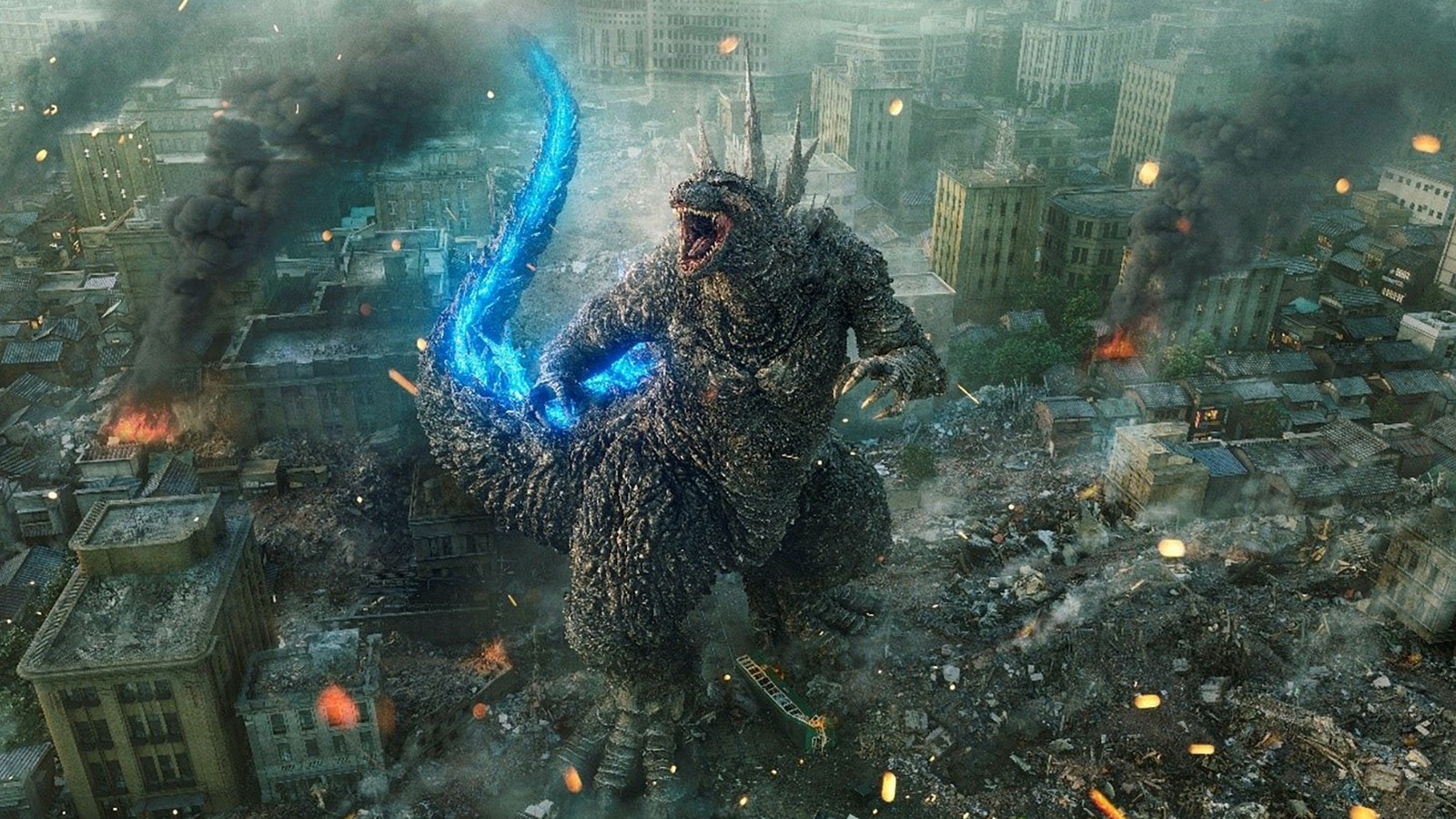
These are both films that were minimally advertised (compared with big U.S. releases anyhow) and yet, they managed to break through the noise. “Godzilla Minus One” was without a doubt driven almost entirely by rapturous word of mouth. It became a bonafide “you need to see this” movie that audiences talked about in real life, which is the kind of thing that can’t be manufactured. It’s also part of a much larger moment that Godzilla is having right now, coupled with the forthcoming “Godzilla x Kong: The New Empire” and Apple’s “Monarch: Legacy of Monsters.”
As for “The Boy and the Heron,” it similarly managed to motivate Miyazaki loyalists to show up in theaters rather than wait for it to arrive on a streaming service and/or Blu-ray. It became a “leave the house” worthy event, which is much harder to come by in the pandemic era. The success has been driven in large part by a stellar reception (read our review here), but also aided by the fact that audiences can see in its original Japanese language version or a dubbed version with an A-list voice cast.
However it came to be, we’re looking at two movies that have collectively added roughly $60 million and counting to the domestic box office in recent weeks. Theaters sorely needed this money after a very rough month in November that saw several high-profile flops like “The Marvels” eat into expected ticket sales. Japan came to the rescue and, in the process, demonstrated that American audiences are very much ready to embrace Japanese cinema in a meaningful way. This could have positive implications in the future for both moviegoers and theater owners, assuming this potential is embraced going forward. There is an audience here and, if served properly, they will turn out.
